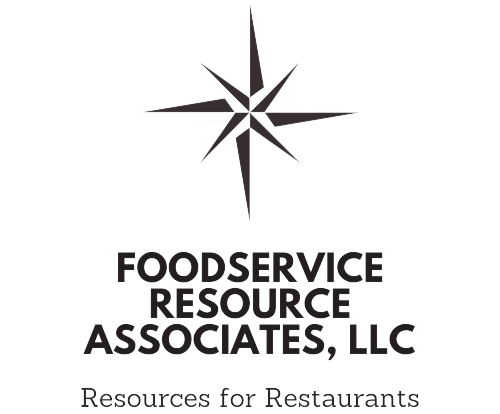Food Costing
Food Costing Template for Restaurant Operators
Purpose: To calculate the cost of ingredients for a single menu item, helping you price your dishes profitably. CLICK HERE to Download the Word Document
Step 1: List All Ingredients for One Dish
- Ingredient Name: What you use in the recipe (e.g., chicken breast, olive oil).
- Purchase Quantity: The amount you buy (e.g., 1 lb, 1 gallon).
- Purchase Price: How much you pay for the purchase quantity.
- Recipe Quantity: How much of the ingredient you use in one dish (e.g., 2 oz, 1 tsp).
- Unit of Measurement: The measurement for your recipe quantity (e.g., oz, tsp).
| Ingredient Name | Purchase Quantity | Purchase Price | Recipe Quantity | Unit of Measurement |
|---|---|---|---|---|
| Example: Chicken | 1 lb | $5.00 | 4 oz | oz |
Step 2: Calculate the Cost of Each Ingredient Per Dish
- Cost Per Unit: Divide the purchase price by the purchase quantity to find the cost per smallest unit (e.g., per oz, per tsp).
- Ingredient Cost Per Dish: Multiply the cost per unit by the recipe quantity used in the dish.
| Ingredient Name | Cost Per Unit | Ingredient Cost Per Dish |
|---|---|---|
| Example: Chicken | $1.25/oz | $5.00 |
Step 3: Calculate Total Cost of the Dish
- Total Cost: Add all the ‘Ingredient Cost Per Dish’ amounts.
mathematical equation
Total Dish Cost = Sum of all Ingredient Costs Per Dish
- Example: If your dish uses chicken, rice, and vegetables, and their costs per dish are $5.00, $1.00, and $0.50 respectively, then:
Batch
Total Dish Cost = $5.00 (chicken) + $1.00 (rice) + $0.50 (vegetables) = $6.50
Step 4: Determine Your Selling Price
- To make a profit, you need to sell your dish for more than it costs to make. A common approach is to aim for a food cost percentage of 30% to 35%.
Selling Price = Total Dish Cost / Desired Food Cost Percentage
Example: If your total dish cost is $6.50 and you aim for a 30% food cost percentage:
Selling Price = $6.50 / 0.30 = $21.67
- Round up or adjust to make sense for your customers and market.
This template guides you through calculating the cost of making a dish, helping you price it profitably while keeping the math straightforward. Always remember to update the costs regularly to reflect changes in ingredient prices!
